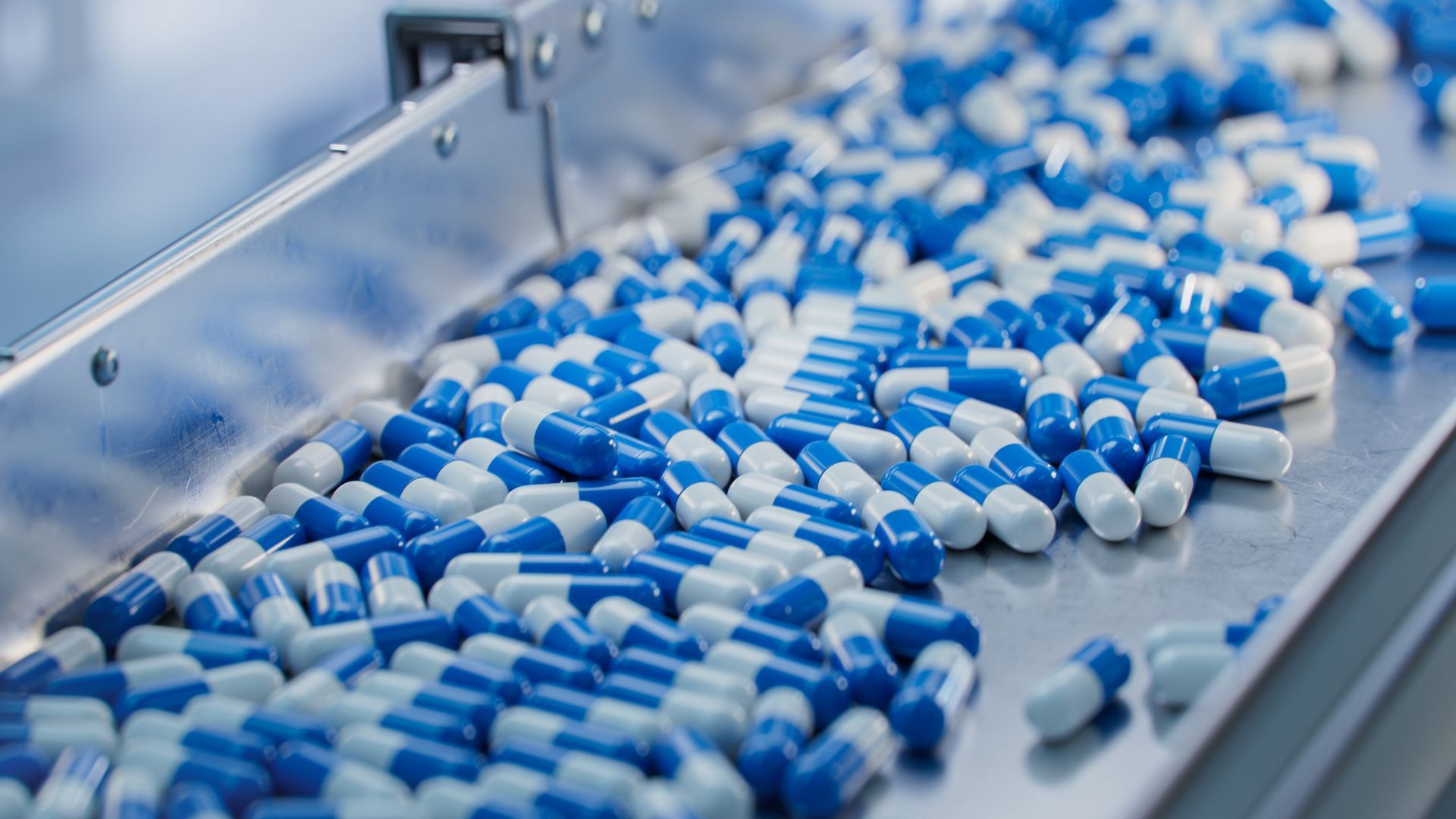Understanding Cleanroom Standards and Certification: A Comprehensive Guide

Introduction
Cleanrooms are essential environments used in various industries such as pharmaceuticals, biotechnology, and electronics manufacturing where the presence of environmental pollutants like dust, airborne microbes, and aerosol particles must be minimized. These environments are regulated by stringent standards and certifications to ensure that they meet specific cleanliness levels required for the manufacturing processes conducted within them. In this article, we will delve into the complexities of cleanroom standards and certifications, highlighting their importance, the key standards used globally, and how organizations can achieve and maintain these standards.
The Importance of Cleanroom Standards
Cleanroom standards are critical as they define the level of cleanliness that must be maintained in a controlled environment to prevent contamination. The standards specify the maximum allowable number of particles, measured in microns, for a given volume of air. This is crucial for industries where even minuscule particles can cause significant damage to the manufacturing process, such as in the production of microchips or sterile pharmaceutical products.
Key Cleanroom Standards
The most commonly referenced standards for classifying cleanroom cleanliness levels are the ISO (International Organization for Standardization) 14644 series, the retired Federal Standard 209E (FS 209E), which was used primarily in the United States before being superseded by ISO standards, and the EU GMP standards including its crucial Annex 1.
- ISO 14644 Standards: This series of standards includes different parts that cover various aspects of cleanroom technology, from the classification of air cleanliness to testing and monitoring methods. For example, ISO 14644-1 defines cleanroom classes based on the concentration of particles in the air of different sizes, ranging from 0.1 microns to 5 microns. A lower class number (e.g., ISO 5) corresponds to a cleaner environment, with fewer allowed particles per cubic meter.
- Federal Standard 209E: Although no longer in official use, FS 209E still influences cleanroom specifications, especially in legacy systems and in some U.S. industries. It categorized cleanrooms from Class 1 to Class 100,000, where the class number directly indicated the number of particles 0.5 microns or larger allowed per cubic foot of air.
- EU GMP and Annex 1: The European Union’s Good Manufacturing Practices (EU GMP) guidelines provide regulatory standards for the manufacture of sterile pharmaceutical products. Annex 1 of these guidelines specifically addresses the manufacture of sterile medicinal products, ensuring a high level of cleanliness through stringent requirements for cleanroom design, operation, and monitoring. It sets standards for particle and microbial contamination and focuses extensively on risk assessment, aseptic processing, and cleanroom qualification.
Achieving Certification
Achieving cleanroom certification involves several steps, starting with the design and construction of the cleanroom to meet the desired standard. This process includes selecting the appropriate cleanroom architecture, HVAC systems, and filtration systems that can achieve and maintain the required air purity levels. The layout must also facilitate proper airflow patterns to prevent the accumulation of contaminants.
Once a cleanroom is constructed, it must undergo rigorous testing and validation to ensure it meets the specified standards. This testing is typically performed by certified professionals who use specialized equipment such as particle counters and microbial samplers. Common tests include:
- Airborne Particle Count Testing: To verify that the particle count meets the specified classification.
- Recovery Testing: To determine how quickly the cleanroom returns to its baseline particle count after a contamination event.
- Airflow Testing: To ensure that airflows correctly through the cleanroom, maintaining proper cleanliness levels throughout the area.
Maintaining Certification
Maintaining cleanroom certification requires ongoing monitoring and adherence to strict operational protocols. Regular testing must be conducted to ensure continuous compliance with the set standards. Additionally, all personnel working in cleanrooms must follow stringent procedures, including wearing proper cleanroom suits and adhering to cleaning and sanitation protocols.
Training is also a crucial component, as employees must understand the importance of contamination control and how their actions can impact cleanroom cleanliness. Regular audits and inspections help ensure that procedures are followed correctly and that the cleanroom environment remains in compliance with the necessary standards.
Conclusion
Understanding and adhering to cleanroom standards and certification processes are crucial for industries that rely on controlled environments. These standards are not only a regulatory requirement but also a quality assurance measure that helps prevent contamination, ensuring the safety and effectiveness of products manufactured in these critical environments. By maintaining strict adherence to these standards, companies can avoid costly contamination issues and uphold their reputation for quality in highly competitive markets.
Read more: All About Cleanrooms - The ultimate Guide






